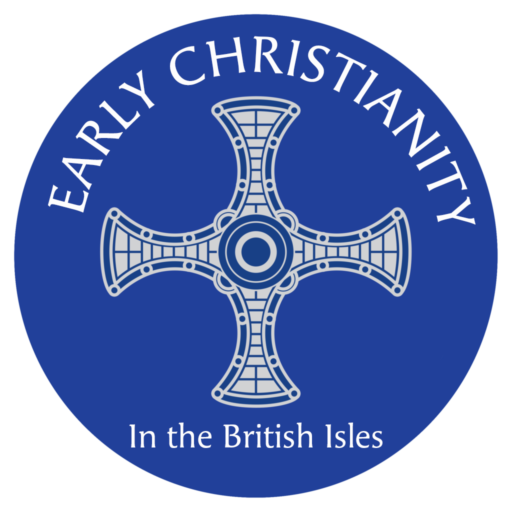Canterbury Cathedral

Canterbury Cathedral, a masterpiece of Gothic architecture, stands as a symbol of Christian heritage in England. Located in Canterbury, Kent, this historic cathedral is one of the oldest and most important Christian structures in the country. Its origins trace back to the 6th century when St. Augustine, sent by Pope Gregory the Great, established a Christian mission in Canterbury. The cathedral as it stands today, however, primarily reflects the grandeur of the 11th and 12th centuries.
The cathedral’s architecture is a testament to the evolution of Gothic design. The original Norman structure, begun by Archbishop Lanfranc in 1070, was a formidable Romanesque edifice. However, it was transformed in the early 12th century under the direction of Archbishop Anselm and his successor, Archbishop Thomas Becket. The rebuilding of the cathedral was prompted by a fire in 1174, which led to the creation of the current Gothic design featuring a new east end, a stunningly vaulted nave, and magnificent stained glass windows.
One of the cathedral’s most notable features is its Christ Church Priory, which includes the chapter house and the cloisters. The Gothic nave is particularly remarkable for its lofty, ribbed vaults and the intricate detailing of its columns and arches. The cathedral’s west front, with its decorative sculpture and grand entrance, is another impressive element, showcasing the skill and artistry of medieval craftsmen.
The cathedral’s historical significance extends beyond its architectural achievements. It has been the site of numerous significant events in English history, including the murder of Archbishop Thomas Becket in 1170. Becket’s martyrdom and subsequent canonization made Canterbury a major pilgrimage site in medieval Europe, celebrated in Geoffrey Chaucer’s Canterbury Tales.
In addition to its historical and architectural importance, Canterbury Cathedral remains an active place of worship and an important center for the Anglican Communion. It serves as the mother church of the Church of England and the seat of the Archbishop of Canterbury, who is the spiritual leader of the Anglican Communion worldwide.
The cathedral was designated a UNESCO World Heritage Site in 1988, recognizing its exceptional cultural and historical significance. Today, it continues to attract visitors from around the globe, drawn by its rich history, stunning architecture, and spiritual heritage. Its enduring presence is a testament to the deep-rooted traditions and history of Christianity in England.
